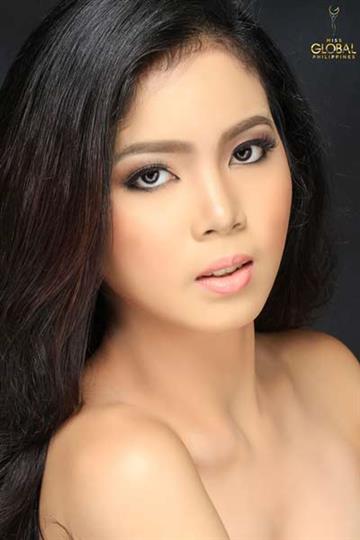

Maria Theresa's first major challenge came shortly after she had ascended the throne: Other European rulers started making territorial claims after she had assumed authority over the House of Hapsburg in 1740. Only 10 of the 16 children reached adulthood, among them two future emperors, an elector of Cologne and Marie Antoinette, the future wife of King Louis XVI of France. She took care of her 11 daughters and five sons, who were given a strict and comprehensive education. When the emperor died unexpectedly in 1765 after 29 years of marriage, Maria Theresa wrote: "I lost a husband, a friend, the only object of my love." The marriage was considered a happy one, although Francis I was said to have had numerous affairs. They not only appreciated each other, but felt a deep love for one another - and had 16 children together. When they married in 1736, they already knew each other well, as the groom had lived at the Vienna court for a long time.

Their marriage was to guarantee a balance of power within the spectrum of European politics. That, however, didn't affect the relationship between Maria Theresa and her husband, Francis I. Maria Theresa is featured at Madame Tussauds in Vienna However, he also stated: "After going through childbirth numerous times and filling out, she has become somewhat sluggish." She had a round face, slightly reddish blonde hair, large, vivid, light blue eyes, and an upbeat expression - that's how a Prussian emissary at the Vienna court described her.

Her contemporaries described her as a very beautiful woman, especially when she was young. No other woman of her time was painted as often as Maria Theresa, which not only had to do with her position of power. The only female sovereign in the history of the House of Habsburg became pivotal during the era of enlightened absolutism, which served as a precursor to the Enlightenment and saw rulers in Europe increasingly valuing rationalism and supporting human rights. When her husband became the emperor of the Holy Roman Empire in 1945, Maria Theresa acquired the title of empress, as suits the wife of an emperor. Though the official ruler was actually her husband, Francis I, she governed the Habsburg monarchy single-handedly. Maria Theresa was only 23 years old when she ascended to the Austrian throne in 1740. As the only female ruler in the House of Habsburg, she was the Archduchess of Austria and the Queen of Hungary and Bohemia. First of all, Maria Theresa (1717-1780) was never actually crowned empress.


 0 kommentar(er)
0 kommentar(er)
